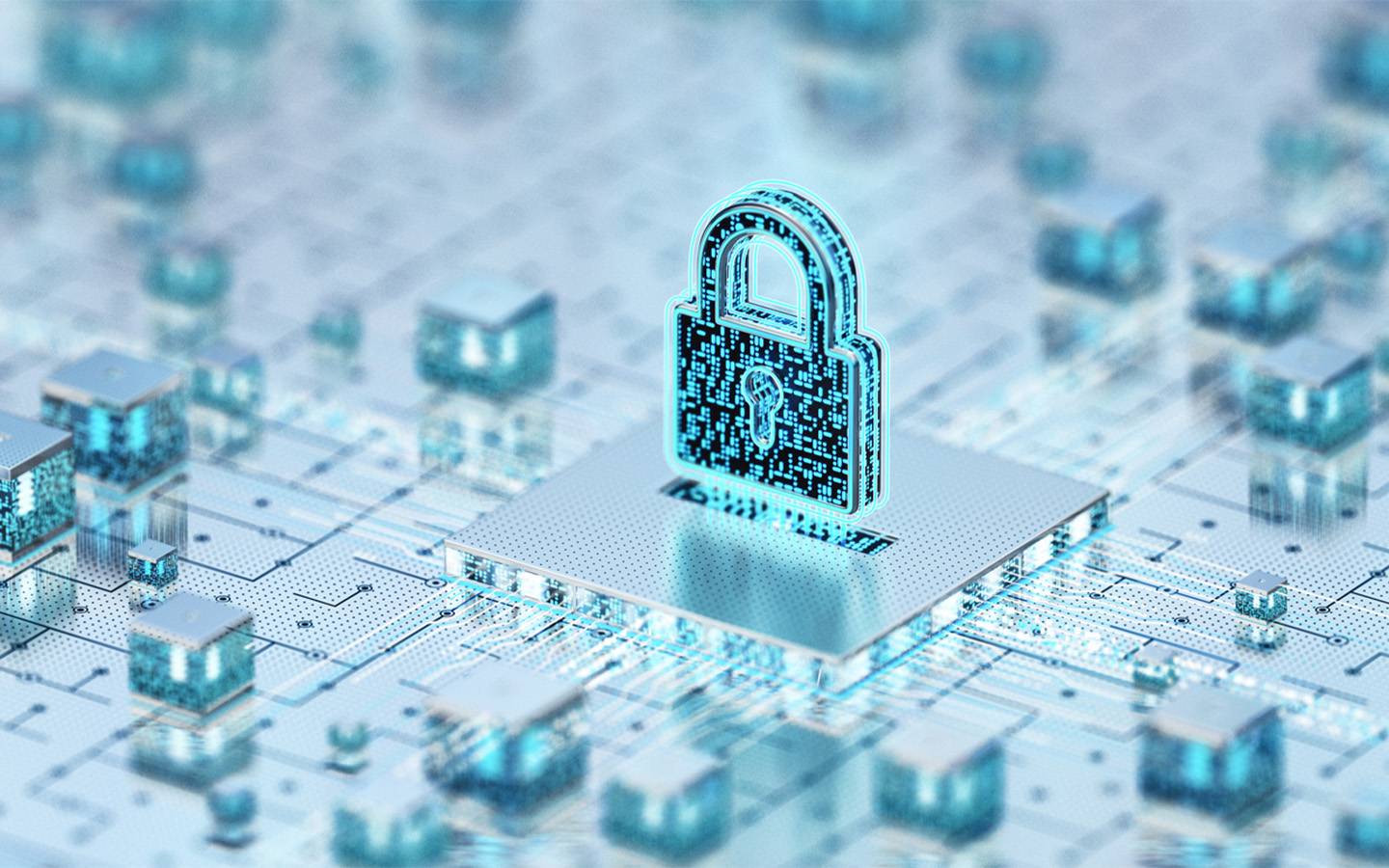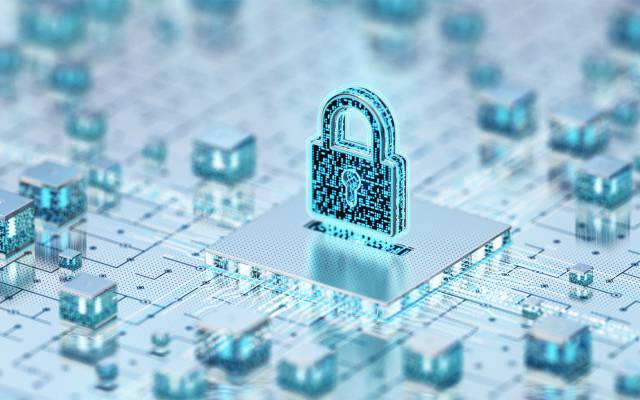Data Loss Prevention Five Best Practices
Digital transformation has succeeded in unlocking new capabilities, efficiencies, and possibilities for businesses of any size. But this digitization has also exposed businesses to greater risks related to data security, forcing those businesses to renew their commitment to implementing data loss prevention best practices.
Data loss prevention (DLP) is a data security practice that employs specific security tools, policies, and protocols to detect and prevent data breaches while keeping sensitive information secured. From cybersecurity to ineffective management of data inventories, data loss prevention protects sensitive data about your business, customers, employees, and partners from theft and other forms of data loss.
To safeguard your business data, comprehensive DLP solutions and policies are required.
How DLP Solutions Work
No matter which type of DLP architecture you choose, all data loss prevention solutions are designed to monitor all your organization’s data—including who is accessing what data and which information is being taken out of the company’s systems.
When suspicious activity is identified, a DLP approach can take quick action to block certain actions—such as attempted data theft or data transfers—to keep your information safe. Prohibited actions, such as data copying, can also be detected and blocked. Meanwhile, new data entering your network can be evaluated for suspicious attachments and other data types coming from a phishing attack or other cyber threat.
The four main architectures for data loss prevention include the following:
- Network: A network DLP solution provides data monitoring and protection to all data across the network, including incoming and outgoing data transfers between both traditional network architecture and the cloud. Emails, file transfers, and other types of data–both stored and in motion—are covered by a network DLP solution.
- Endpoint: While a network DLP system provides monitoring and management to an organization’s network, an endpoint DLP specializes in monitoring all endpoints: computers, mobile devices, physical storage, servers, and the cloud.
- Cloud: Similar in design to a network DLP, a cloud DLP offers specialized data loss prevention capabilities to monitor and protect cloud environments. This solution is equipped to scan and audit cloud-based data, monitor access to cloud repositories, and maintain data access logs.
- Storage: An on-premise storage DLP monitors and protects sensitive data stored on physical storage solutions. As with a cloud DLP, this technology is capable of auditing data in physical storage, monitoring data access and retrieval, and alerting a security partner to suspicious behavior within this environment.
A DLP solution provider can help you identify, configure, and deliver the architecture that best serves your organization’s needs—even if this requires building a solution with elements of two or more DLP architectures.
Why Data Loss Policies Are Important
According to Statistia, the average cost of a single business data breach in 2022 was roughly $9.44 million. And while cloud infrastructure has delivered new capabilities to secure and manage sensitive data, the cloud environment security is far from foolproof…about 45% of all documented breaches occurred in the cloud.
But the value of a strong DLP policy extends far beyond the cost of lost or compromised data, by also delivering the following benefits:
- Improved employee productivity. Data loss and related security threats disrupt business operations, impacting workflows and making it difficult or impossible for employees to do their jobs.
- More consistent compliance. When enforced by a DLP solution, an organization’s data loss policy can support data compliance at all hours thanks to consistent data management rules and automated trigger actions when suspicious activity or other concerns develop. A configurable solution can ensure data loss prevention best practices for NIST, GDPR, and other applicable data regulations.
- Accountability and answers when data is compromised. When data is lost, it’s important to understand what happened, why it happened, and how it can be prevented in the future. Information about who was responsible can be important when dealing with a possible regulatory investigation.
- Stronger brand reputation with customers and partners. By investing in technology that prevents data loss, your business will gradually earn the confidence of customers, partners, and other key stakeholders who trust you with sensitive information.
The Three Most Common Myths About DLP
As you implement the best practices for data loss prevention, it’s important to understand the common misconceptions that impact the success of DLP solutions. From underestimating this technology’s broad utility to overestimating its capabilities as a standalone security solution, businesses should approach DLP technology with realistic expectations for how it will deliver value to the organization.
Here are three common myths about data loss prevention:
- DLP solutions offer complete data and network security. While DLP technology can play a vital role in mitigating risk and preventing data loss, it is not equipped to protect your IT environments from all threats your business might face.
- Data loss prevention is an IT-only initiative. While DLP solutions are integrated into your IT infrastructure, data loss prevention—particularly related to policy development—requires input from a wide range of departments and stakeholders, including human resources, legal, executives, and non-IT employees, as well as your IT department.
- Data loss prevention is all about meeting compliance requirements. Compliance is a common motivator for developing a data loss policy, but many organizations go beyond the minimum compliance requirements in hopes they further mitigate risk and create business value.
Five Data Loss Prevention Best Practices
Whether you’re building a new DLP policy from scratch or looking to improve an existing one, the most reliable way to enable DLP success is to incorporate the same best practices endorsed by other organizations and DLP solution providers around the world.
Here are five data loss prevention best practices every organization should follow:
- Classify your organization’s data. Data classification plays a crucial role in supporting a data loss policy, documenting, and organizing all data your organization owns, as well as where that data is stored. This process can also help you identify data that doesn’t need to be saved, reducing your storage costs and the volume of data requiring classification and management.
While the time required to set up and apply classification tags for all your data can be a significant resource investment during the initial phase, ongoing data classification can be treated as a type of data maintenance that enables new efficiencies over time. Meanwhile, data encryption can be used to improve security for extremely sensitive information.
- Protect your internal systems. DLP solutions are no substitute for multi-layer security, so businesses should support their data loss prevention with the right security solutions to defend the organization’s systems from evolving cyber threats.
Network access control can offer additional protection against unauthorized users attempting to infiltrate digital environments. Endpoint security delivers greater protection across ever-increasing mobile devices and other endpoints that could become stolen, hacked, or otherwise compromised.
At the same time, intrusion detection systems offer anomaly detection capabilities that add a layer of threat monitoring and rapid response on top of your DLP technology. Even firewalls continue to offer value in supporting your organization’s perimeter defense, despite the increasing role of cloud environments.
- Automate DLP processes. Around-the-clock monitoring is critical to DLP performance. A rules-based solution can automate data loss prevention activities through ongoing monitoring and preset trigger actions, based on suspicious activity or other abnormalities.
When connected to a larger cybersecurity ecosystem, automated DLP can support better security and a faster response to emerging threats, mitigating data loss, and other risks.
- Implement a rigorous patch management strategy. Software patching can be a time-consuming burden for IT departments. But the alternative is far worse: when patches aren’t promptly installed, vulnerabilities in your software solutions are a prime target for cyber threats, jeopardizing your data loss prevention efforts and your data compliance. An efficient, rigorous patch management strategy is required to streamline software patching and always ensure compliance for your data storage and management practices. By keeping up to date on patching, you preserve the integrity and performance of your DLP solution, reduce the risk of data loss, and support better compliance and productivity.
- Allocate roles and related permissions. As a rule of practice, no role should ever have access to more sensitive data than they need. And no employee should be given a role with permissions beyond the scope of their job responsibilities.
Prudent role allocation ensures data access permissions are carefully governed and monitored, reducing the risk of a bad actor attempting to copy, transfer, or erase important business data. In addition to assigning these roles and setting permissions carefully, every organization should periodically review these roles and permissions to make sure they’re kept up to date.
Getting Started with Data Loss Prevention
Before you can identify the best DLP architecture for your organization, you need to assess your current IT environments and existing hardware and software solutions. From desktop virtualization to external backup drives, data loss prevention can incorporate several different technologies…each with its own purpose and benefits.
A data loss prevention expert can help you identify the best-fit solutions for your organization’s specific DLP needs and goals. Connect with a digital transformation consultant today to learn more about the best options for your organization.












